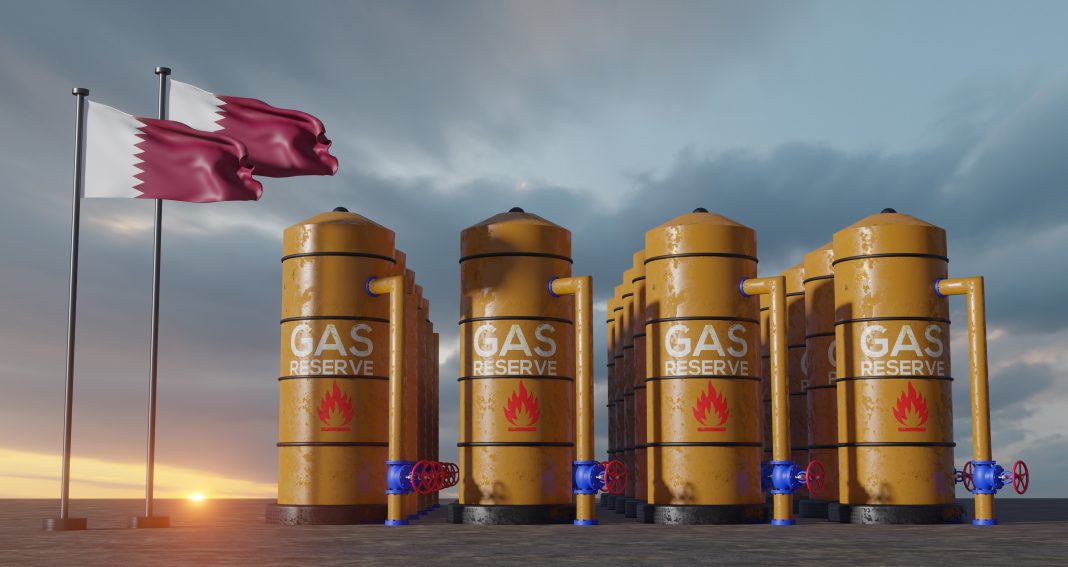Qatar: In November 2023, Qatar witnessed a 2% month-on-month surge in exports of petroleum gases and other gaseous hydrocarbons. This surge contributed to a trade surplus of QR16.73 billion, as reported by the Planning and Statistics Authority. However, despite the positive overall trend, the trade surplus experienced a 12.1% contraction on a monthly basis and a more significant 36.3% decline year-on-year.
Asia emerged as a key player in Qatar’s export landscape, constituting over 62% of the total shipments. Total exports, valued at QR26.53 billion, surpassed imports, standing at QR9.8 billion (cost, insurance, and freight) during the review period. Moreover, the total exports of domestic goods amounted to QR25.56 billion, marking a 29.7% decline year-on-year and a 9.1% decrease month-on-month.
In specific export categories, Qatar’s exports of petroleum gases and gaseous hydrocarbons reached QR16.64 billion, reflecting a 1.6% monthly increase. However, the exports of crude experienced a sharp monthly decline of 41.5% to QR3.72 billion, with other commodities and non-crude exports also witnessing reductions of 3.7% (QR2.85 billion) and 2.9% (QR2.36 billion), respectively.
The exports of petroleum gases declined by 32.6%, crude by 28.9%, other commodities by 23.7%, and non-crude by 12.7% during the review period. Notably, the share of petroleum gases in Qatar’s total export basket saw a substantial annual decline, dropping from 67.93% to 65.1%. In contrast, the shares of crude and non-crude increased, highlighting shifting dynamics in the country’s export composition.
Additionally, Qatar’s exports to China accounted for QR5.42 billion, constituting 20.4% of the total exports. India, Japan, South Korea, and Singapore followed suit, with contributions of QR3.66 billion (13.8%), QR2.8 billion (10.6%), QR2.6 billion (9.8%), and QR1.91 billion (7.1%), respectively. However, on a yearly basis, exports to these countries witnessed varying degrees of decline, with South Korea experiencing the most substantial drop of 36.07%.
Imports
Turning the focus to imports, Qatar’s total imports experienced a 2.6% decrease on a yearly basis and a 10.1% decline on a monthly basis in November 2023. China remained a prominent trading partner, accounting for QR5.42 billion or 20.4% of total imports, followed by India (QR3.66 billion), Japan (QR2.8 billion), South Korea (QR2.6 billion), and Singapore (QR1.88 billion). Noteworthy is the shift in import dynamics, with the U.S. experiencing a yearly decline of 27.39%, while imports from Italy and Germany increased by 22.61% and 7.71%, respectively.
The group of “Turbojets, Turbo propellers and Other Gas Turbines; Parts Thereof” led the pack, valued at QR1 billion and reflecting an impressive annual increase of 47.9%. Conversely, “Motor Cars & Other Motor Vehicles for The Transport of Persons” saw a year-on-year decline of 3.4%, amounting to QR0.39 billion. The group “Electrical Apparatus for Line Telephony/Telegraphy, Telephone Sets Etc. and parts thereof” recorded imports of QR0.36 billion, signaling a 4.7% decrease on an annualized basis in November 2023. Qatar’s trade dynamics in November 2023 showcased both resilience and challenges. The energy sector, particularly the exports of petroleum gases, played an essential role, contributing to a notable trade surplus. However, shifts in the composition of exports, fluctuations in trade balances with key partners, and changes in import dynamics highlight the intricate nature of Qatar’s economic landscape during the review period.







